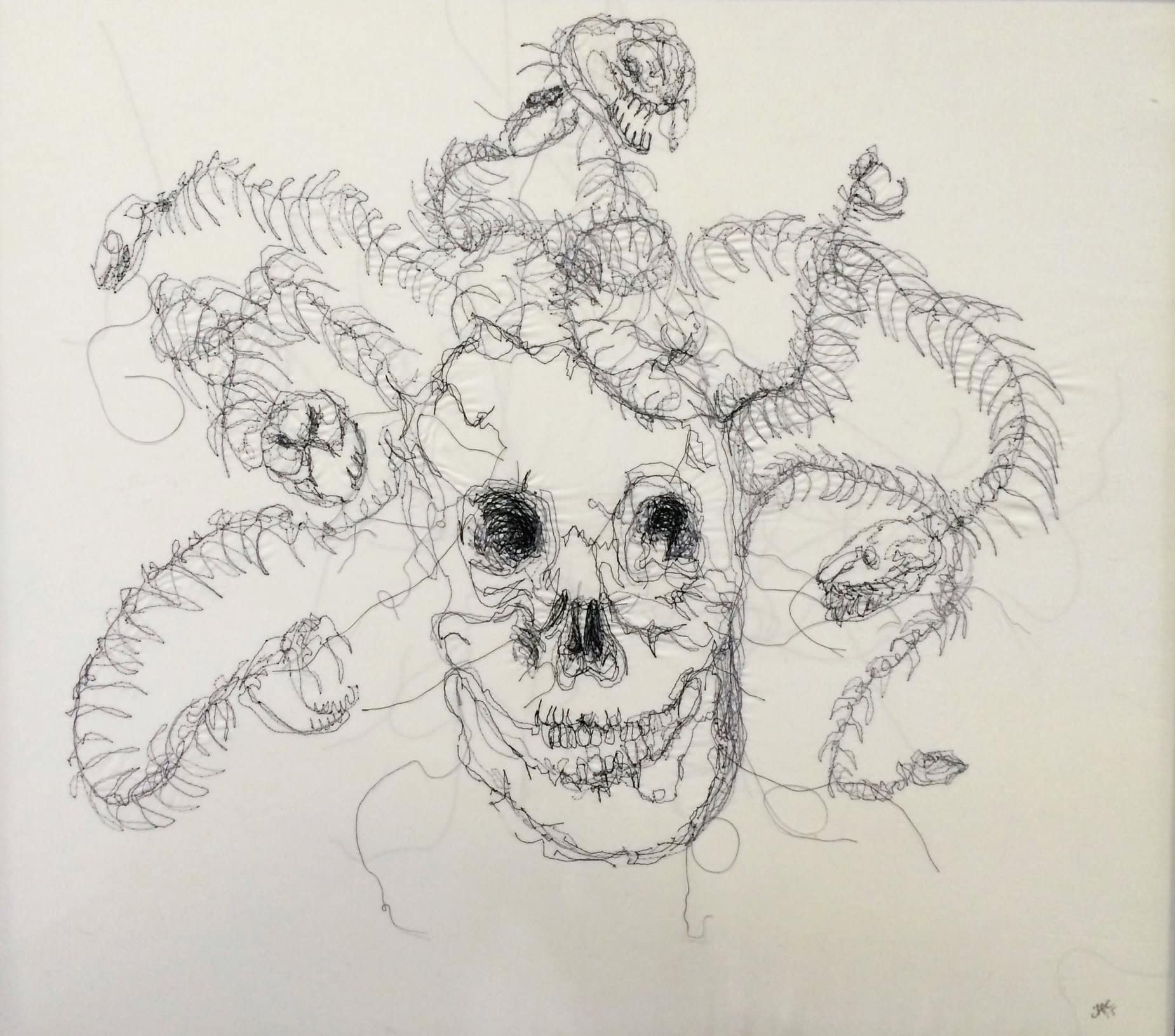Dyslexia, a learning difficulty which makes reading and spelling slower than usual, affects 6-7% of the population. It can be annoying at times, especially from an academic standpoint, as reading tends to be crucial to success in school.
But could this disorder actually give you a creative edge? A new design exhibition highlights the relationship between dyslexia and good design, aiming to show how dyslexia can be a gift rather than a burden. Dyslexic Design will take place as part of this year’s London Design Festival, showcasing work by several talented, dyslexic designers.
The creatives showcased in Dyslexic Design don’t see dyslexia as a disadvantage. “The reason why dyslexics are creatives is because our brains are different,” says artist Tina Crawford. “Being the runt of the litter at school makes us strive more.”
Industrial designer and Dyslexic Design curator Jim Rokos agrees. “I believe that my ability to design the way I do is a result of my dyslexia.”
London-based brand Vitamin shares that “out of a team of ten designers, eight of us are dyslexic.”
Dyslexia has been linked to a number of high-profile creatives. Steven Spielberg, Andy Warhol, Auguste Rodin, Ansel Adams, and Chuck Close are just a few of the visionaries believed to be dyslexic. Art critics have wondered if dyslexia played a part in influencing artists like Pablo Picasso and Robert Rauschenberg, known for depicting their surroundings in uniquely abstract ways. The list of possibly dyslexic creatives goes on to include the likes of Leonardo da Vinci, Nikola Tesla, and Steve McQueen.
Designer Henry Franks was named New Designer of the Year in 2013. He created a series of products inspired by dyslexia, like a set of penholders which only holds a few pens at a time. Franks said of his work, “The motivation was to utilize the power of unconventional thinking and apply my own dyslexia to objects to create products which have dyslexia and function better as a result.”
Recent research suggests that the brains of dyslexics may actually be wired differently, which may account for the advantages in spatial thinking and visual learning that so many dyslexic people report. Dyslexics can think outside the box in different ways, which can hinder reading comprehension but helps creative innovation.
Dyslexic Design will take place 17-25 September 2016 at designjunction in London. Scroll down to see a gallery of some of the work on display.

Knot Pendant Lamp by Vitamin

Gull Latinu Amerika by Kristjana S. Williams

Egg by Sebastian Bergne

Mildred (Gorgon) by Tina Crawford

Scots Light by Tom Raffield

Hunter Jacket: Gorilla by Rohan Chhabra

Gauge by Jim Rokos
Header image: Dyslexie typeface by Christian Boer












